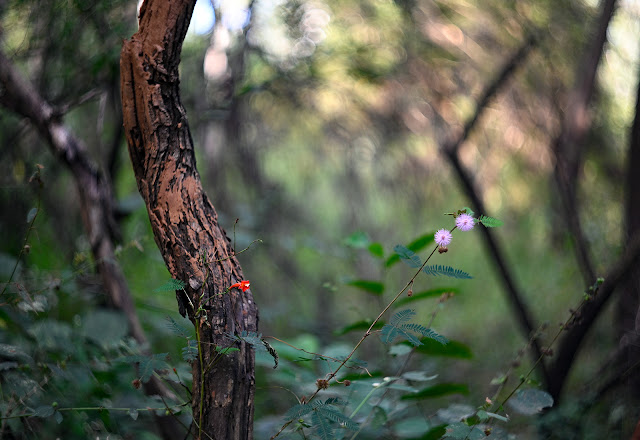My first stint with Zeiss lenses was way back in 2015 when I bought Zeiss Distagon 28mm f/2. That is one of my favorite lenses in my bag (rather the dry cabinet!). I have written a few blogs where the images were made from that lens. You can find those blogs HERE.
Post the Distagon 28, although I wanted to buy a few more Zeiss lenses but couldn't. In 2019, when I started to study various vintage lenses there was one lens that many photographers and vintage/manual focus lens forums prominently talked about. It was Carl Zeiss Biotar 58mm f/2.
This lens was in production between 1936 till 1960, although the design dates back all the way to the 1920s.
Now coming to the performance of the lens - absolutely brilliant! For the lens of its age, it still performs marvelously! Below is the list of my observations in an easy-to-read form!
- Distinct character in the out of focus area! Very 'Biotar like' :-)
- Unique Swirl in the outer edges of the frame. You would either love it or hate it. I am the former kind!
- Sharp rendering of the object in focus.
- Produces images with rich, vivid, and warm colors
- The 17 blades aperture makes sure that the out of focus is creamy and highlights are very circular even at low apertures
- Not a great performer when you shoot against strong light, a common trait in most of the vintage lenses, due to the poor quality (as compared to today) coating on the lens. But one can use this quality to get low-contrast images that produce some wonderful black-and-white results.
There is plenty of literature online about this lens and its history. I don't want to reinvent the wheel in this matter. Out of all those THIS ARTICLE gives the best idea about its history, its various versions, and different characteristics of those versions.
All the images in this blog (except the image of the lens itself) are shot with Biotar-58. I just love its rendition! What is a rendition? That is something worth writing a whole different blog for itself! Perhaps sometime soon?!
Cheers,
Ash












